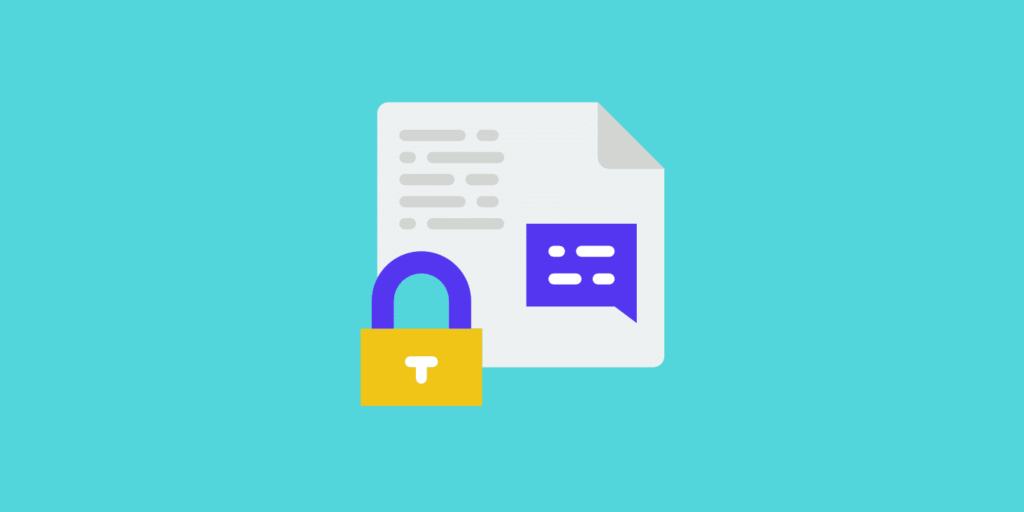Welcome to the Security Tips page, where we provide valuable guidance on ensuring the security of your Android app. In today’s digital landscape, app security is of utmost importance to protect user data and maintain user trust. By following these security tips, you can strengthen the security posture of your Android app and mitigate potential vulnerabilities. Let’s explore these tips and empower your app with robust security measures.
Secure Coding Practices

Adopt secure coding practices to build a strong foundation for your app’s security. Follow best practices such as input validation, secure data storage, and secure communication protocols. Regularly update your app’s dependencies and libraries to address known security vulnerabilities. Implement code reviews and static code analysis to identify potential security weaknesses and ensure adherence to secure coding guidelines.
Encryption and Data Protection
Encrypt sensitive data stored on the device and transmitted over the network. Use strong encryption algorithms, such as AES (Advanced Encryption Standard), to protect user data. Implement secure key management practices to safeguard encryption keys. Avoid storing sensitive information in plain text and consider utilizing secure storage mechanisms, such as Android’s KeyStore, to protect cryptographic keys and certificates.
Network Security
Implement secure network communication by using HTTPS and SSL/TLS protocols. Properly validate server certificates to prevent man-in-the-middle attacks. Consider implementing SSL pinning to ensure that your app only communicates with trusted servers. Regularly update your app’s SSL libraries to stay protected against known vulnerabilities. Use secure network frameworks, such as OkHttp or Retrofit, which provide built-in SSL support and handle security-related tasks efficiently.
User Authentication and Authorization
Implement strong and secure user authentication mechanisms to prevent unauthorized access. Utilize modern authentication protocols, such as OAuth or OpenID Connect, for secure user authentication and authorization. Implement measures like password hashing, multi-factor authentication, and session management to protect user accounts and prevent brute force attacks.
Secure Data Transmission

Ensure the security of data transmitted between your app and servers. Implement secure transmission protocols like SSL/TLS to encrypt data during transit. Consider implementing certificate pinning to validate server authenticity and prevent potential attacks. Handle SSL certificate errors appropriately to protect against potential vulnerabilities. Regularly test your app’s SSL implementation using tools like SSL/TLS vulnerability scanners to identify and address any security weaknesses.
Secure User Input and Output
Validate and sanitize user input to prevent common security vulnerabilities such as SQL injection or cross-site scripting (XSS). Implement input validation checks on both client and server sides. Avoid displaying sensitive information in logs or error messages. Be cautious of user-generated content and sanitize it to prevent malicious code execution. Implement proper error handling to prevent information leakage.
Regular Updates and Patching
Stay proactive in addressing security vulnerabilities by regularly updating your app. Keep track of security bulletins and patches released by Android, libraries, and third-party dependencies. Promptly apply security updates to mitigate potential vulnerabilities. Utilize an automated update mechanism in your app to ensure users are running the latest secure version. Regularly perform security assessments and penetration testing to identify and address any security weaknesses.

